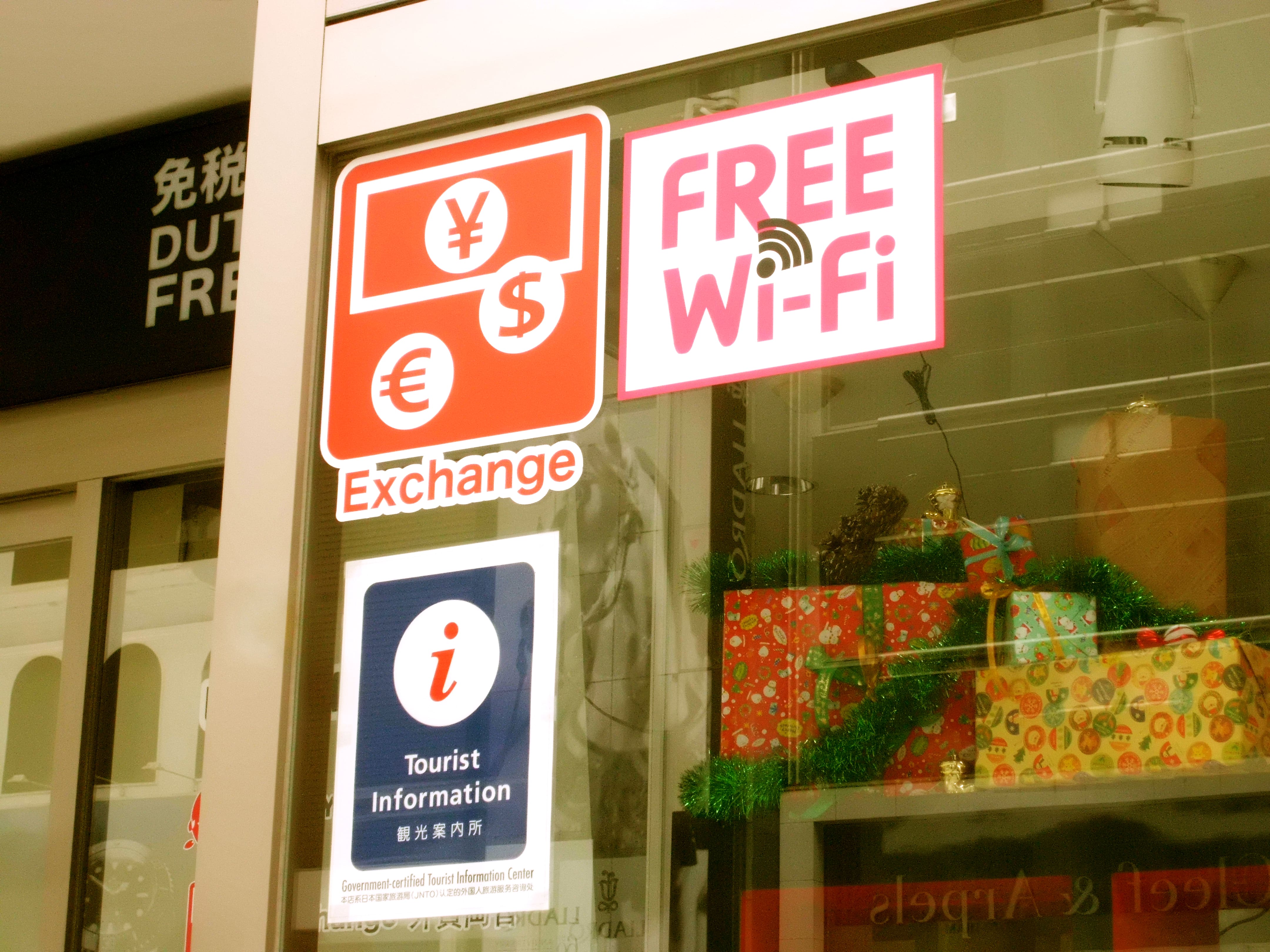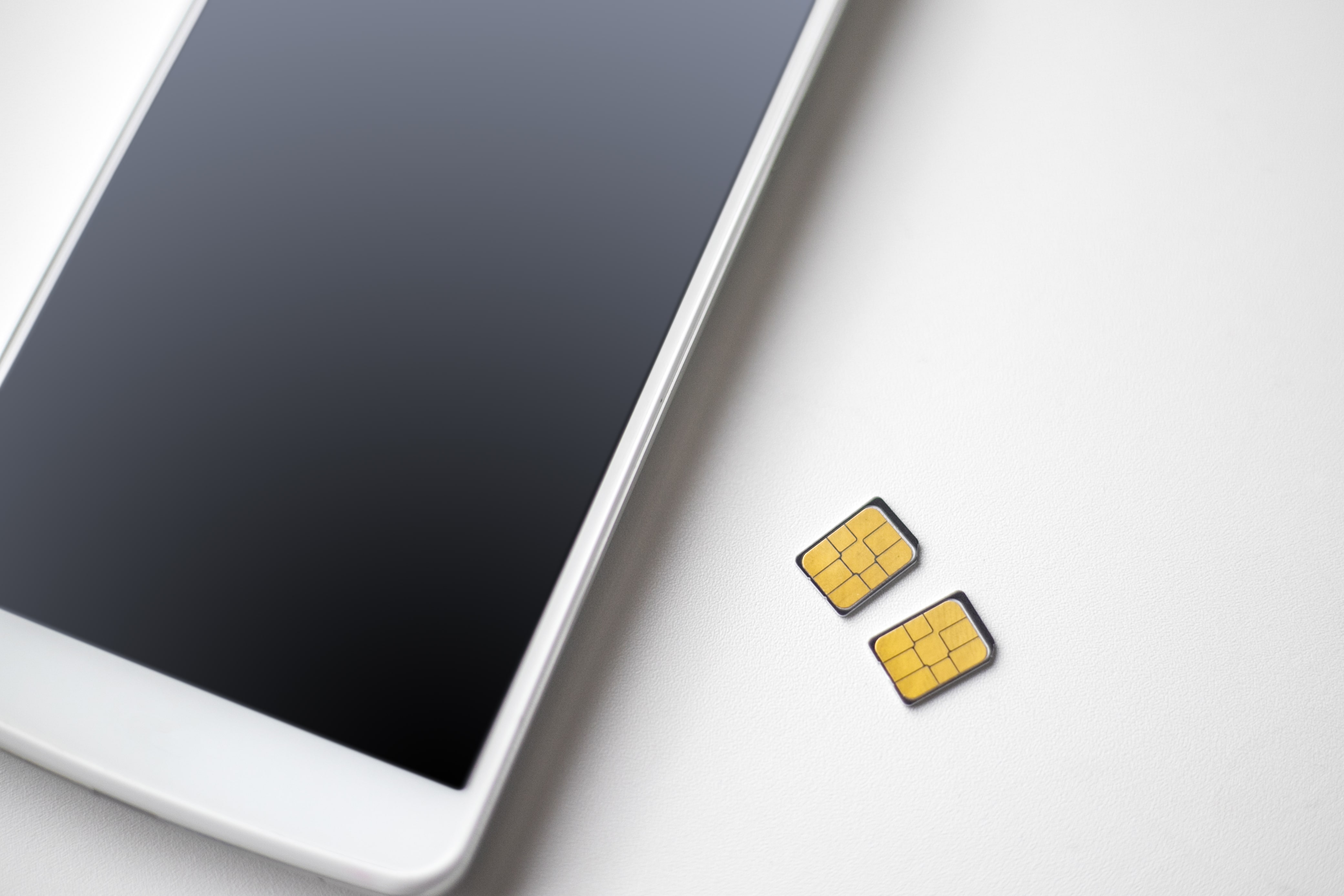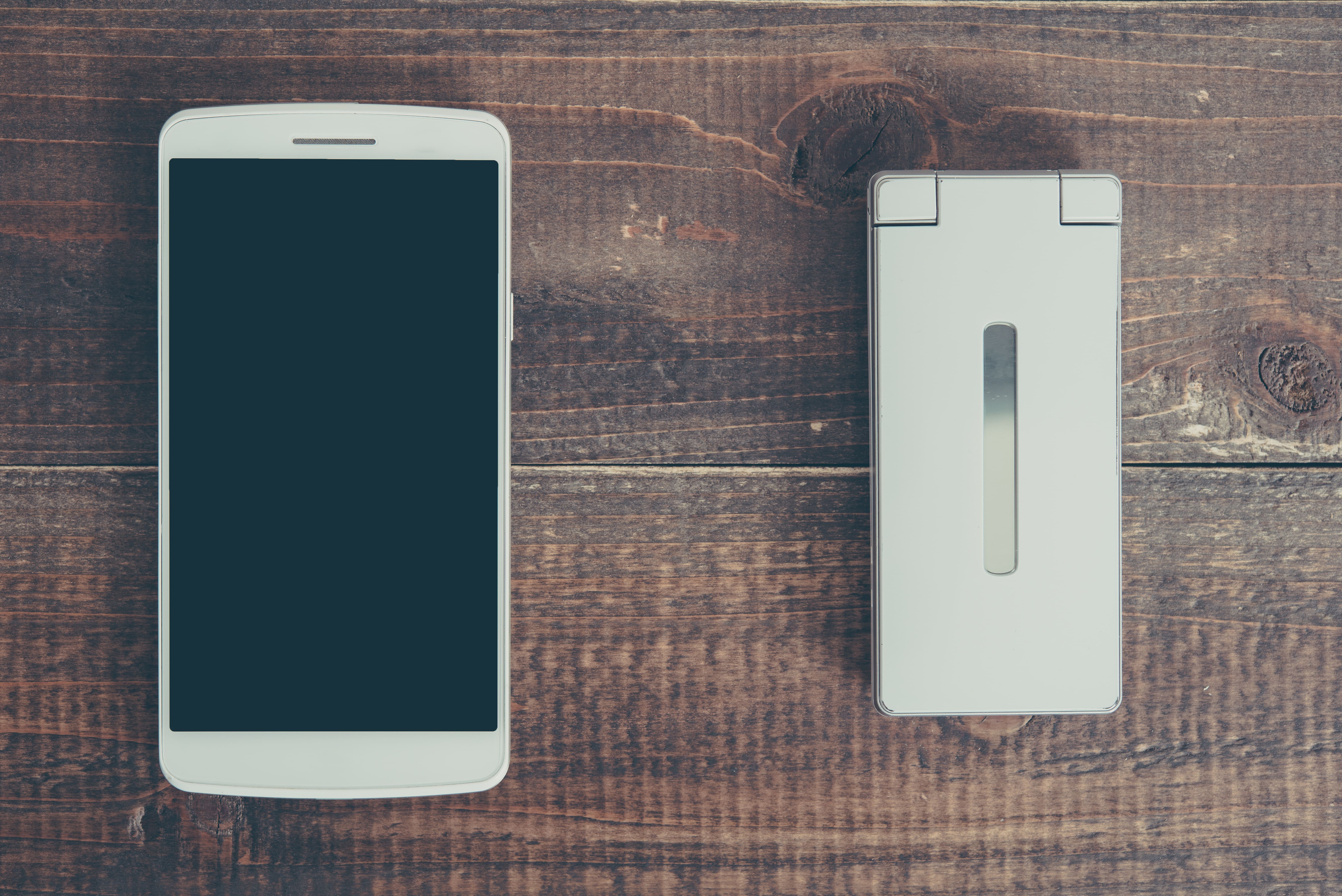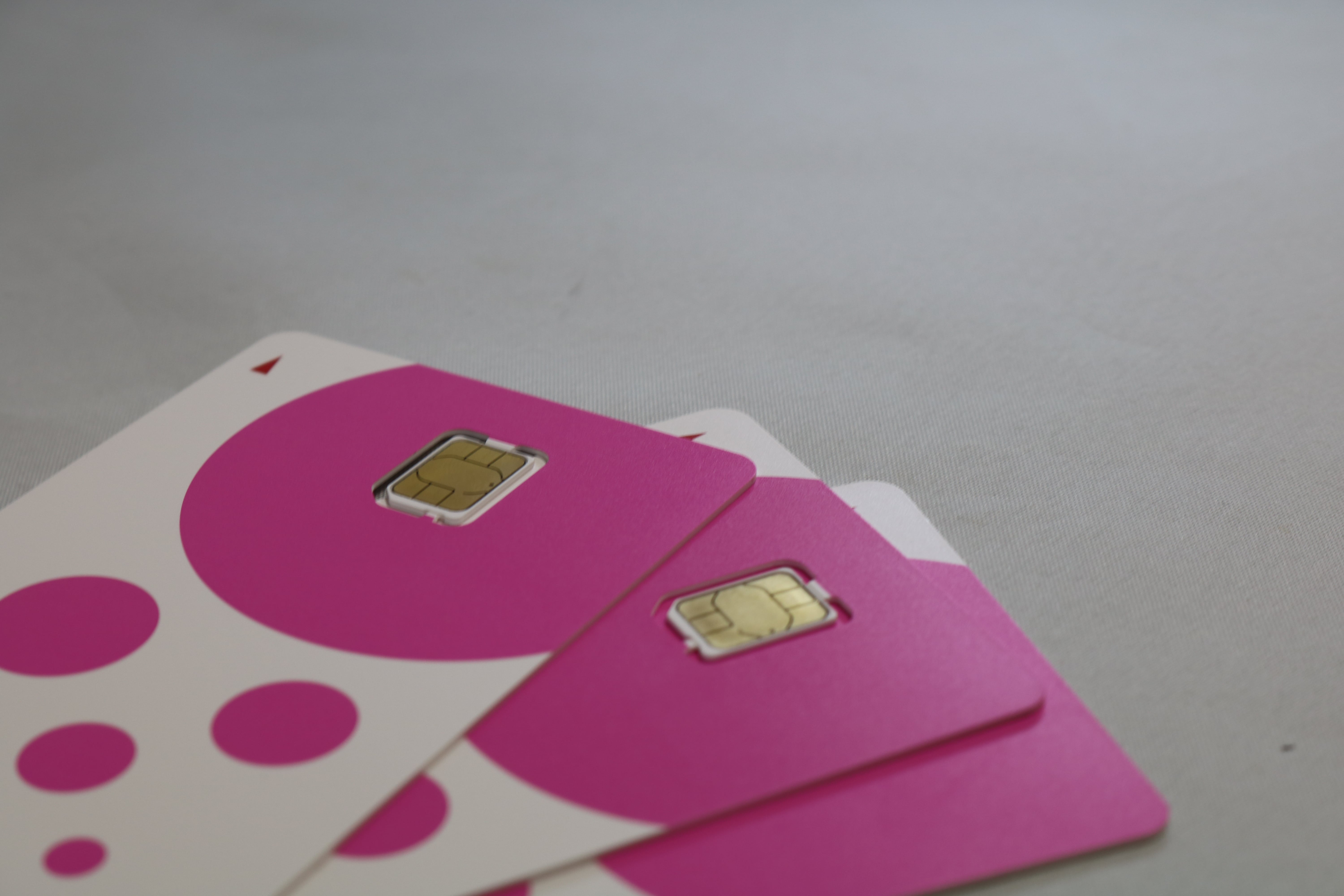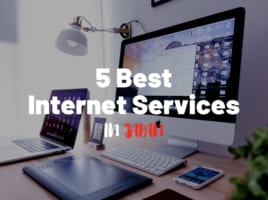Japan WiFi: Getting Internet Connection for your Trip
Best options to get internet / WiFi connection in Japan
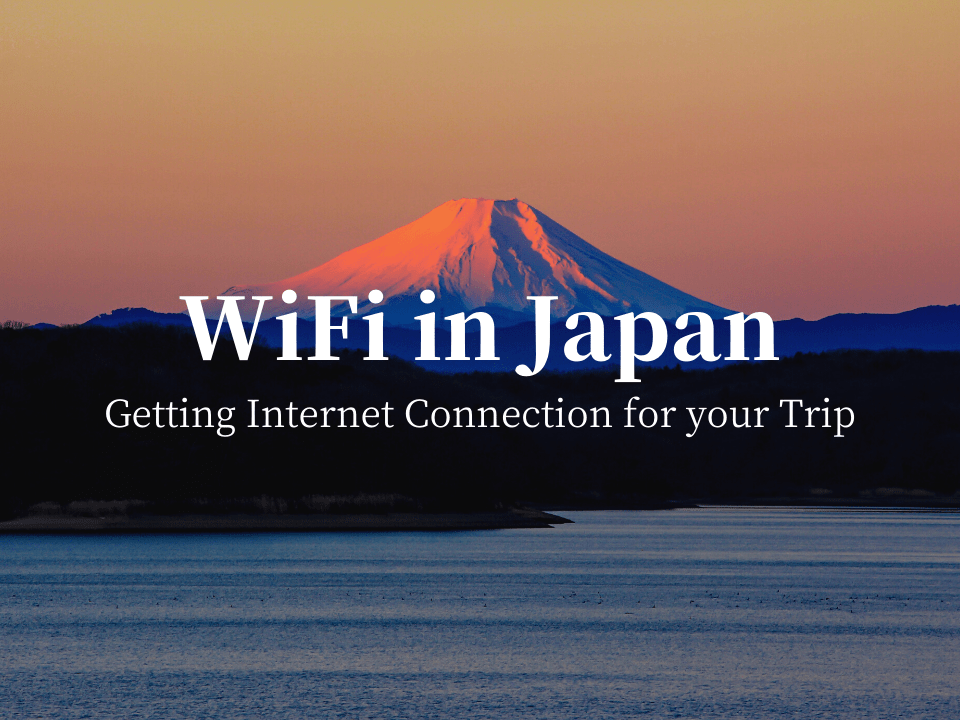
Traveling to a foreign country has become easier and more practical with time. This is mainly because now it is possible to find the necessary information using your smartphone while traveling.
This means that internet connection through means such as WiFi has become one of the most important aspects you need to take into account when traveling abroad.
If you’re traveling with your family and need to communicate via WhatsApp or Skype, you’ll want WiFi. If you need to check how to access a certain location on Google Maps or want to make reservations for a restaurant online, you’ll want WiFi. If you want to share your extraordinary experiences of traveling on social media in real-time, you’ll want WiFi.
Yes, that’s right. Internet connection is a MUST nowadays when traveling to foreign countries.
The question now is: what are your options for connecting to the internet when traveling to Japan? This article is made just to answer that simple, but very important, question.
There are actually many ways you can get an internet connection in Japan. I will introduce each of these ways by comparing their “Pros” and “Cons” so that you can later choose which option is best for your trip.
These options vary from renting a pocket WiFi device, buying a SIM Card, and using the available Free WiFi to other more unconventional options you might haven’t considered yet.
All of these options have their strengths and weaknesses. Hopefully, this article will help you find the ideal internet option for you.
*Please note that this article contains affiliate links.
Before getting to know the options for internet connection, first things first. These are the most common things that you need to consider before choosing the optimal choice.
- Length of your trip: How long will you be traveling?
- The number of people: How many people are traveling with you?
- Purpose of the internet: What will you be using the internet for?
- Frequency: How often will you need to connect to the internet?
- Options: Will you require voice and SMS services as well?
Keep these points in mind when considering your internet connecting options, and you should be able to pick the perfect one for your needs.
1. Using Free WiFi
Free WiFi is something that is becoming more and more common especially in large touristic cities. It can be found in airports, train stations (both JR and Metro stations), shopping malls, hotels, hostels, and even some restaurants and cafes such as Starbucks.
Many different companies provide these services such as the Tokyo Metropolitan Government, JR, Tokyo Metro, and more.
All you need to do to get Free WiFi is to first search for the free WiFi spots. To find these hotspots, you can go to their individual website where they have access point maps (e.g. Tokyo Metropolitan Government website: https://www.wifi-tokyo.jp/).
After you find a Free WiFi spot, you then connect to it and then you’ll have a free internet connection!
Here are the “Pros” and “Cons” of using Free WiFi in Japan.
Pros
- Free WiFi is literally “free” of charge
- No previous preparation nor procedure needed before you traveling
Cons
- You need to find a Free WiFi spot, and then sign up in order to be able to finally use it
- Free WiFi locations are limited
- Time of Free internet usage by this method is oftentimes also limited
- Connection speed varies depending on the place and time
The most attractive point is without a doubt the fact that it won’t cost you any money to connect to the free WiFi. And since it is free, you won’t need to make any orders or preparation previous to your trip.
On the other hand, connecting to the free WiFi is not practical at all. As I mentioned previously, many companies provide Free WiFi, which means 2 things. First, when you go to the individual websites to search for Free WiFi hotspots, you will only be given the hotspots of that specific provider.
Secondly, when you are going to connect for the first time to each of these providers’ WiFi, you will need to sign up and provide your email address. Then you will finally have internet access for a limited amount of time.
Adding to this, contrary to most people’s belief, Japan doesn’t have that many Free WiFi spots in comparison to other big touristic cities. The number is growing significantly, especially because of the Summer Olympics taking place this year. But it is still not very convenient in my opinion.
To whom do we recommend using Free WiFi in Japan?
If the WiFi of the hotel that you’re staying is enough for you, and if you are planning to have minimal use of the internet during the daytime, then this option might be enough for you. Also, if you don’t mind having to sign up or sign in each time you want to use the internet, and want to save as much money as possible, then this could be an option for you.
If you think about it, it is not such a bad idea to be disconnected during the daytime and travel the old-fashioned way.
Here are 2 articles that may help you when using Free WiFi in Japan.
▶Free WiFi in Japan: How to Find and Use
2. Renting a Pocket WiFi
I will say it off the bat. This is the option I most recommend for pretty much anyone considering a method for connecting to the internet. It happens to be the most popular option as well.
Its popularity comes from the simplicity in the usage of the device. You just turn on the device, type in the password, and that’s pretty much it. Once you are connected, you don’t need to type in the password again, and you will be connected as long as the device is on and close to you.
Many companies are providing the service of renting pocket WiFis. Some can be pre-ordered before your trip, and be delivered to the airport of your arrival or the hotel you’re staying at. Other companies have shop booths in the major airports, and you can just go and rent one.
Here are the “Pros” and “Cons” of renting a pocket WiFi.
Pros
- Easy to set and easy to use
- Can be used pretty much anywhere (Unless you’re high in the mountains or deep in the woods)
- It has a constant speed
- Can use huge amounts of data
- Can connect multiple devices simultaneously
Cons
- You have to keep the device near you all the time (even though the device is small and doesn’t take much space)
- You need to return it when leaving Japan (although the returning process isn’t complicated at all)
The attractive points of renting one of these devices are mainly that it is simple to use and that multiple devices can connect to the internet at the same time. It is convenient if you’re traveling in a group or if you just have multiple devices that you want to connect to the internet at the same time.
Another appealing point is the amount of internet that you can use. Some pocket WiFi services offer unlimited high-speed WiFi, which is such an attractive thing to hear for heavy internet users. This means you can not only check Google Maps and contact your friends via WhatsApp, but you could also post and check your social media and watch your favorite traveling vloggers on YouTube. All this without worrying about running out of high-speed internet.
To whom do we recommend renting a pocket WiFi?
As I stated in the beginning, this is the option I most recommend to pretty much anyone who is coming to Japan.
First of all, if you’re a heavy internet user, this is the option for you. If you search enough, you’ll find pocket WiFi rental companies that provide 4G LTE unlimited data usage for as little as 500 yen/day.
And even though there are cheaper options such as purchasing a prepaid SIM card, it will be cheaper to rent 1 pocket WiFi as opposed to buying several SIM cards if you’re traveling in a group. Or even if you’re traveling by yourself, you will probably have more than one device that can be connected to the internet.
Here is an article where I compared some of the most popular pocket WiFi rental companies. I also provide discount coupons at the moment, so don’t miss this chance.
▶Which Pocket WiFi Rental Company is the Best in Japan?
3. Purchasing a Prepaid SIM Card
Another very popular way to get internet access in foreign countries is by buying a prepaid SIM card. Even before pocket WiFi was a thing, people would purchase these SIM cards to travel abroad and have an internet connection.
Prepaid SIM cards can be purchased by going to pretty much any electronic shop in Japan. The largest electronic shops are “Bic Camera”, “Yodobashi Camera”, and “Yamada Denki”. All of these which you can find all across Japan.
You can also find shop booths in the major airports. Nowadays, you can even find SIM card vending machines.
Another way you can purchase a SIM card is online. Most MVNOs (Mobile Virtual Network Operator) have their own website where you can pre-order and the SIM card either can be shipped to your home before the trip, delivered to the hotel you’re staying, or can be picked up at the airport of your destination. You can also find SIM cards at EC sites such as Amazon.com.
▶▶ Check out prepaid SIM cards on Amazon.com!
To set the SIM card, you insert it into your mobile phone and follow the instructions. Once everything is set, you are ready to go. You have to make sure your mobile phone is “unlocked” or “SIM-free” first though.
Here are the “Pros” and “Cons” of Purchasing a prepaid SIM card.
Pros
- It is relatively cheap
- No extra device, which means you don’t have to return anything at the end of the trip
Cons
- There’s a limit on the amount of data you can use
- Connection speed is limited
- Depending on your smartphone, there could be compatibility problems
The biggest strength of buying a prepaid SIM card in comparison to the other popular option, which would be the pocket WiFi, is that it is relatively cheaper. There are many services that offer many different packages, so you can choose the package that most suits your needs.
Another attractive point is that once you have set the SIM card, you don’t need any additional device. This means that you don’t have to worry about the battery consumption of several devices nor you have to return the device after the trip is over.
On the other hand, even if they claim that they provide “unlimited data”, that doesn’t mean that it is unlimited “high-speed” data. This means that for most prepaid SIM card services if you spend more than a certain amount of data in a day, your internet connection may be switched to a low-speed connection. The connection can get so slow, it can be really frustrating.
Another possible downside is that your mobile phone might not be compatible with a SIM card. You need to make sure that your phone is unlocked and has compatibility.
To whom do we recommend purchasing a prepaid SIM card?
If you are not a heavy internet user and being able to check Google Maps and just search for restaurants and places to visit on Google is enough for you, then purchasing a prepaid SIM card may be a good option for you.
But be aware of the compatibility situation. Make sure that your mobile phone is “unlocked” or “SIM-free” before making the decision of purchasing a SIM card.
Learn about the perfect guide to SIM cards in Japan in this article below!
▶︎Japan SIM Cards: Best Options to Travel
4. Rent a Smartphone (Cellphone)
Renting a smartphone or cellphone is another option for you to gain a way of communication. If you need to have a usable phone number that can make and receive phone calls during your trip to Japan, then this is the most reasonable option for you.
There are several companies that offer this service. The procedure for renting and the charges differs depending on the service you choose to use.
The rental fees can be as cheap as 200 ~ 2,000 yen/day depending on the phone type. then additional fees are added such as calling, messaging, mobile data, and insurance.
Incoming phone calls are free for both domestic and international calls, while outgoing calls can cost you somewhere between 40 ~ 150 yen/minute for domestic calls and ~800 yen/minute for international calls (depends on the country you’re calling).
Mostly how it works is like this. First, you go to their pre-order website and place the order. Then you can either pick up your device at the airport of arrival or they can send the device to the hotel you’re staying at. You can also go directly to shop booths at the airport and rent a phone that same day if stock is available.
Companies that provide these services include SoftBank and G-Call.
SoftBank Global Rental: https://www.softbank-rental.jp/en/
G-Call: http://www.g-call.com/e/rental/dom/rental.php
Here are the “Pros” and “Cons” of renting a smartphone.
Pros
- You can make and receive phone calls
- Not so expensive as long as you are only receiving calls
Cons
- If you are the one calling, it can get pretty expensive quickly
- Depending on the phone type, you might not be able to use the internet with that same phone
As you can see, the pros and cons depend heavily on how you would be using the rental cellphone. If you’re going to use it only to receive calls, then it won’t be a big cost. But if you’re the one who makes calls, then it can get pretty pricey.
To whom do we recommend renting a smartphone?
If you need to have a phone that is capable of making and receiving calls, then the most reasonable option for you would be to rent a cellphone or smartphone.
Most people don’t need this and could make phone calls via Skype or WhatsApp. But some people, maybe for business purposes, need to have a usable phone number. If this is the case for you, then renting a phone will be usually much cheaper than using international roaming.
5. Get a monthly contract with Kakuyasu SIM
This option is for those who are staying in Japan for more than 3 months with a student or working visa.
If this is the case for you, then getting a monthly contract with a SIM provider can be cheaper in the long run compared to both purchasing a prepaid SIM card or renting a pocket WiFi.
You can get a contract with one of the major providers which are NTT Docomo, SoftBank, and au. These will provide a reliable high-speed internet connection (max 1Gbps), but the problem is that it will cost you about the same as purchasing a SIM card (around 7,000 yen~). Another problem is that contracts with these companies tend to be restricted to 2 years, and cancellation fees can get up to 10,000 yen.
Luckily, now there are cheaper services provided by MVNOs known as “Kakuyasu SIM”(格安SIM). These companies will provide a much cheaper monthly fee in comparison with the major providers. The only downside is that connection speed is slower, but it is still over 200Mbps which is good enough for most people.
Some of the popular Kakuyasu SIM services include Y mobile, IIJmio, and JP Smart SIM.
Y mobile: https://www.ymobile.jp/english/
IIJmio: https://www.iijmio.jp/hdd/visitors/
JP Smart SIM: https://www.jpsmart.net/top_en/
Here are the “Pros” and “Cons” of using Kakuyasu SIM.
Pros
- In the long run, it is cheaper than buying a prepaid SIM card or renting a pocket WiFi.
- Once you’ve got the contract, you won’t have to worry about internet connection anymore
Cons
- Some services will have a contract with a restricted period of time
- Getting a contract might be a drag.
Another thing you can do after you get a SIM contract is that you can purchase or rent a SIM-free WiFi router. This way you can use multiple devices with the Kakuyasu SIM. Some of the Kakuyasu SIM services can provide you a WiFi router, so be sure to ask if you’re interested.
To whom do we recommend using Kakuyasu SIM?
As I mentioned above, this is an option only if you’re staying for more than 3 months in Japan. To get a monthly SIM contract, you’re going to need to show your student or working visa.
If this is your case, then this is most probably the best option for you.
6. International roaming
In my opinion, international roaming should be the last resort for internet access when traveling to Japan. International roaming rates will vary hugely depending on the country and service that you use. And it is true that some services have pretty reasonable packages. But it will still be much more expensive than the options mentioned above in this list.
In order to use international roaming, you will have to consult it with your phone provider to check how much it will cost you to use your phone in Japan. It might be possible that you can change the service package to one that is relatively cheaper, or sometimes there are add-ons that you can purchase to make international roaming less expensive.
Here are the “Pros” and “Cons” of using international roaming.
Pros
- You don’t need to order anything beforehand.
- No need to pick up nor return devices.
- You will have internet access as soon as you get to Japan.
- You can make and receive calls with your usual phone number
Cons
- It can be super expensive
- Reasonably priced roaming deals tend to have a really slow internet connection.
The “Pros” of using international roaming are pretty much practical points. You don’t need to pre-order anything as well as picking up nor returning any kind of device. You will have your mobile phone and phone number that you’re accustomed to using. Also, you will have access to the internet as soon as you get out of your plane.
On the other hand, the “Cons” are all about cost. International roaming rates differ depending on the service or country, but no matter how good of a deal you can find, it will most probably be much more expensive than the other options on this list.
Also, relatively cheap roaming deals tend to have slow internet access or very limited high-speed access.
To whom do we recommend using international roaming?
If you are not so concerned about budget, need to keep your phone to make and receive phone calls, and don’t want to break your head on figuring out how to get a cheaper internet connection, then international roaming is a good option for you.
But for anyone else, international roaming should be used as a last resort. I think it’s a good idea to know how much it would cost you even if you’re not planning on using it. In the end, international roaming can be used in case of an emergency, so don’t discard this possibility completely.
7. Internet Cafe
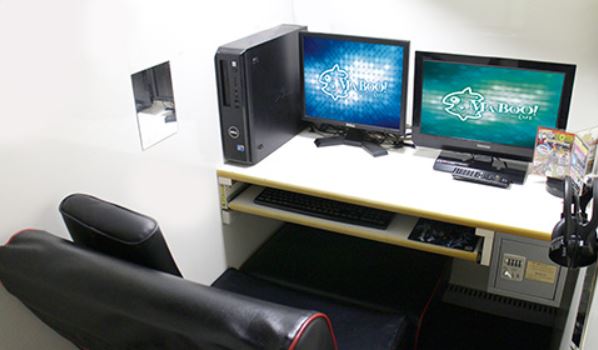
This is actually not a contender for you to compare with the other options for internet connection, but rather an option for you to keep in mind that could help you if you’re in a pinch.
Internet cafes in Japan are composed of many small private booths or rooms. Each booth or room has its own computer and there is a drink bar where you can serve anything you want. Nowadays you can also find a large collection of manga, books, and magazines.
Apart from internet cafes, there are also Manga cafes called “Manga Kissa”(漫画喫茶), and these cafes offer pretty much the same services as internet cafes.
Both internet cafes and Manga Kissa usually have Free WiFi apart from the internet that they provide for the computers they have.
Here are some of the most popular internet cafes you’ll find in Japan.
Manboo Group
One of the most popular internet cafe chain in Tokyo. They also have branches in Kanagawa, Saitama, Chiba, and Aichi.
English Official Website: https://manboo.co.jp/en/index.html
Media Cafe POPEYE
Another very popular internet cafe chain. They have branches all across Japan.
Official Website(Japanese only): http://www.media-cafe.ne.jp/
Jiyu Kukan
This is also a big internet cafe chain that has branches nationwide.
English Official Website: https://jiqoo.jp/cont_en
Of course, there are many other internet cafe chains other than the ones above. But it is important to note that some of these places may not be prepared to provide good English support, especially in rural areas. You shouldn’t have problems with internet cafes in Tokyo, though.
Here are the “Pros” and “Cons” of Internet Cafes.
Pros
- You can use as much high-speed internet as you want
- You get a private space, so you can relax
- You can enjoy the drinks and Manga that they provide
Cons
- If you’re going for the sole purpose of getting internet connection, then it is a pricey choice.
The attractive side to going to an internet cafe is that you will have full access to high-speed internet, and you can enjoy this while having as many drinks as you want and reading as many Manga as you want (although Manga are in Japanese). In my opinion, it is a fun and unique experience, so you might want to try it at least once during your trip.
FAQ about WiFi in Japan
Q1. How can you choose a WiFi renting service?
As I stated previously, renting a pocket WiFi is the option I most recommend for travelers who come to Japan. There are many companies that provide this service and here is an article where we provide the necessary information for you.
▶Choose the Best Pocket WiFi Rental in Japan!
Q2. How good is WiFi coverage in Japan?
When it comes to the coverage of WiFi in Japan, we have these 2 articles that may help you get to know how the situation is. One is about the Free WiFi coverage, and the other one is about the WiFi coverage of Japan-Wireless WiFi device.
▶Free WiFi in Japan: How to Find and Use
▶Pocket WiFi Coverage in and around Tokyo!
To get more useful information for traveling in Japan, check out these articles below too!
▶︎Do I Need a Rental Pocket WiFi in Japan?
▽Related Articles▽
Written by
Born and raised in Costa Rica, I started living in Tokyo from college. I love traveling within Japan & around the world. Since I wasn’t born in Japan, I know the cultural impact that you can get when visiting Japan for the first time and what you might be worried about before your trip. And I’ve lived long enough to somewhat understand the nuances of the Japanese culture that make this country such an attractive place to visit. Hopefully I can provide to you both the information you’re looking for and the information you didn’t know you needed to know.





